PROTECT YOUR DNA WITH QUANTUM TECHNOLOGY
Orgo-Life the new way to the future Advertising by AdpathwayAs pollinator habitats dwindle, so do their populations. Insects and animals that were once plentiful across their native range now have difficulty finding food. Without a path to follow where food is available, they have a hard time moving from place to place. The solution that everyday gardeners can take part in is creating a pollinator superhighway.
A pollinator superhighway is a network of connected habitats where pollinators can move safely. They are places where food, safety, and shelter are available, and not too far from one another. It’s similar to the way a wildlife corridor works for larger animals.
Pollinators need continuous access to resources like food and shelter. Urban development and habitat destruction make it a challenge. As a result, there are negative impacts on foraging and migrating ability. So what can we do?
It’s impossible for one gardener to create a pollinator superhighway on their own. It requires many spaces, close together, that span a significant distance. However, a community can make a significant difference. Even as one gardener, you can absolutely contribute and give pollinators a place to stop, rest, and rejuvenate.
If you want to take part in a pollinator superhighway, all you have to do is meet their needs. Give them everything they require to stop, rest, eat, and reproduce. Let’s take a look at how you can contribute to one in your own space.
Indian Summer Black-Eyed Susan

Indian Summer Black-Eyed Susan Seeds
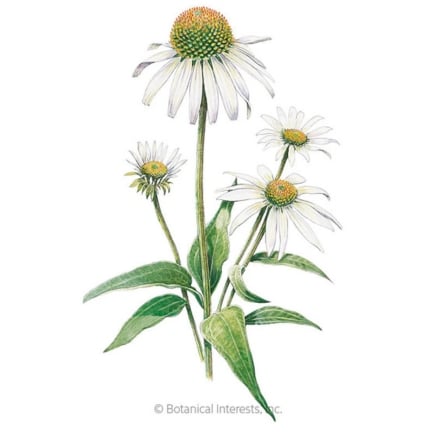
White Swan Echinacea Seeds
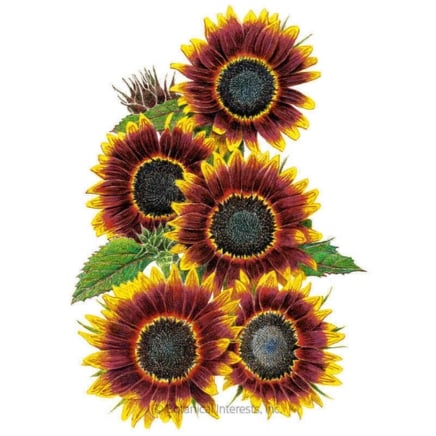
Shock-O-Lat Sunflower Seeds
Step 1: Plant Overlapping Native Bloomers
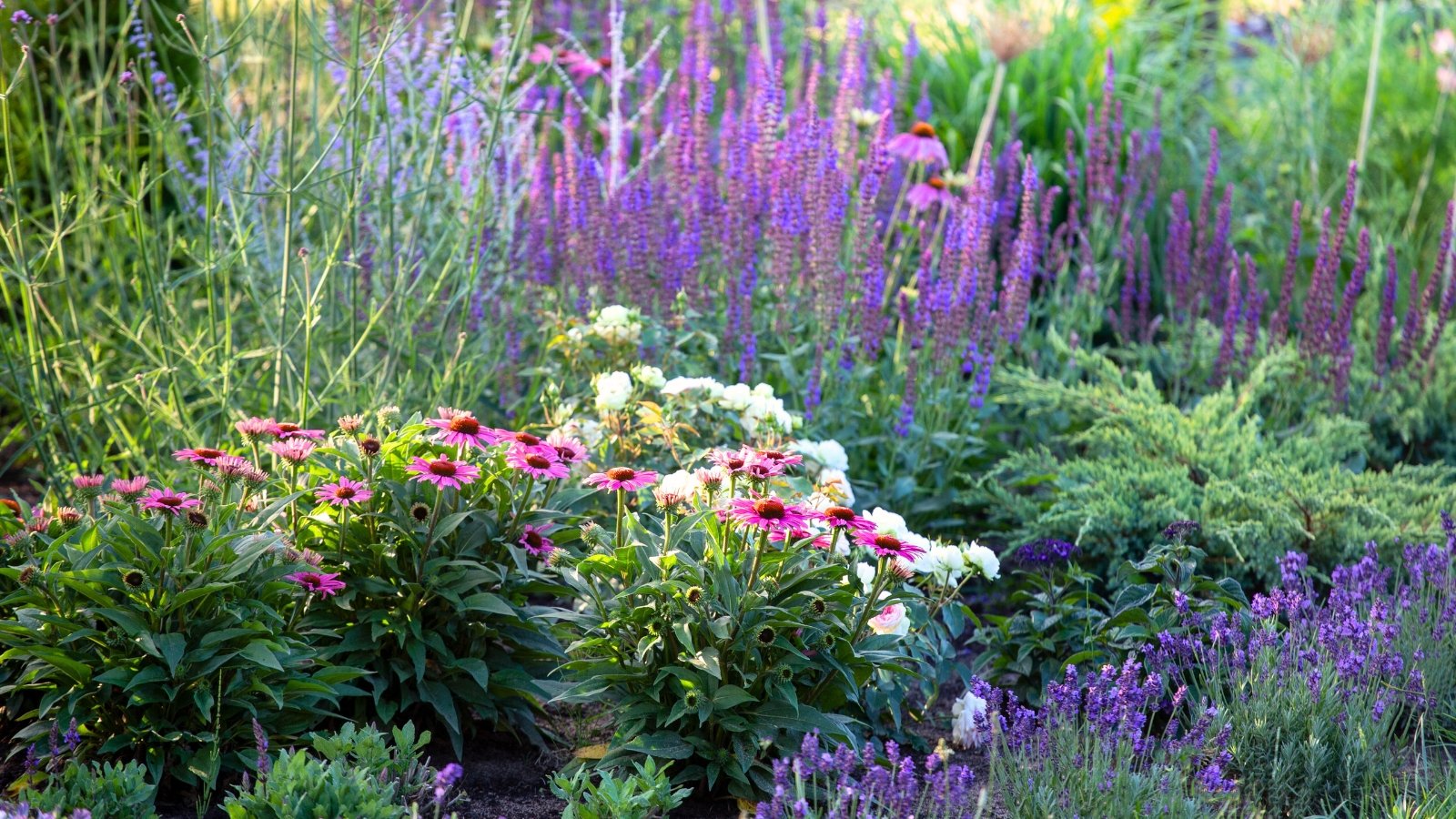 Coneflowers keep buzzing visitors fed well into fall.
Coneflowers keep buzzing visitors fed well into fall.Planting overlapping bloomers is the foundation of a functional pollinator superhighway. It won’t matter if there are tons of flowers in your garden if there aren’t any in spring or fall. This type of garden needs to bloom continuously throughout the warmer months.
Periods of time when no flowers are in bloom are referred to as a ‘nectar gap.‘ A nectar gap leaves pollinators scrambling to find food, often exhausting themselves in the process. If they can’t find the next food source in time, they won’t survive.
The solution to the nectar gap is to plant things that have overlapping bloom times. You should plant things that begin to bloom as early as possible in the spring. Then, make sure that you have at least one or two valuable nectar sources in bloom until the first frost.
Some of the best, native, long-blooming flowers in the U.S. include:
- Coreopsis
- Black-eyed Susan
- Blanket flower
- Coneflower
- Milkweed
- Wild bergamot
- Blazing star
- Goldenrod
- Aster
- Swamp sunflower
This will vary, of course, based on your region. You can plant most of these from seeds, and fall planting is ideal.
Step 2: Create Layers
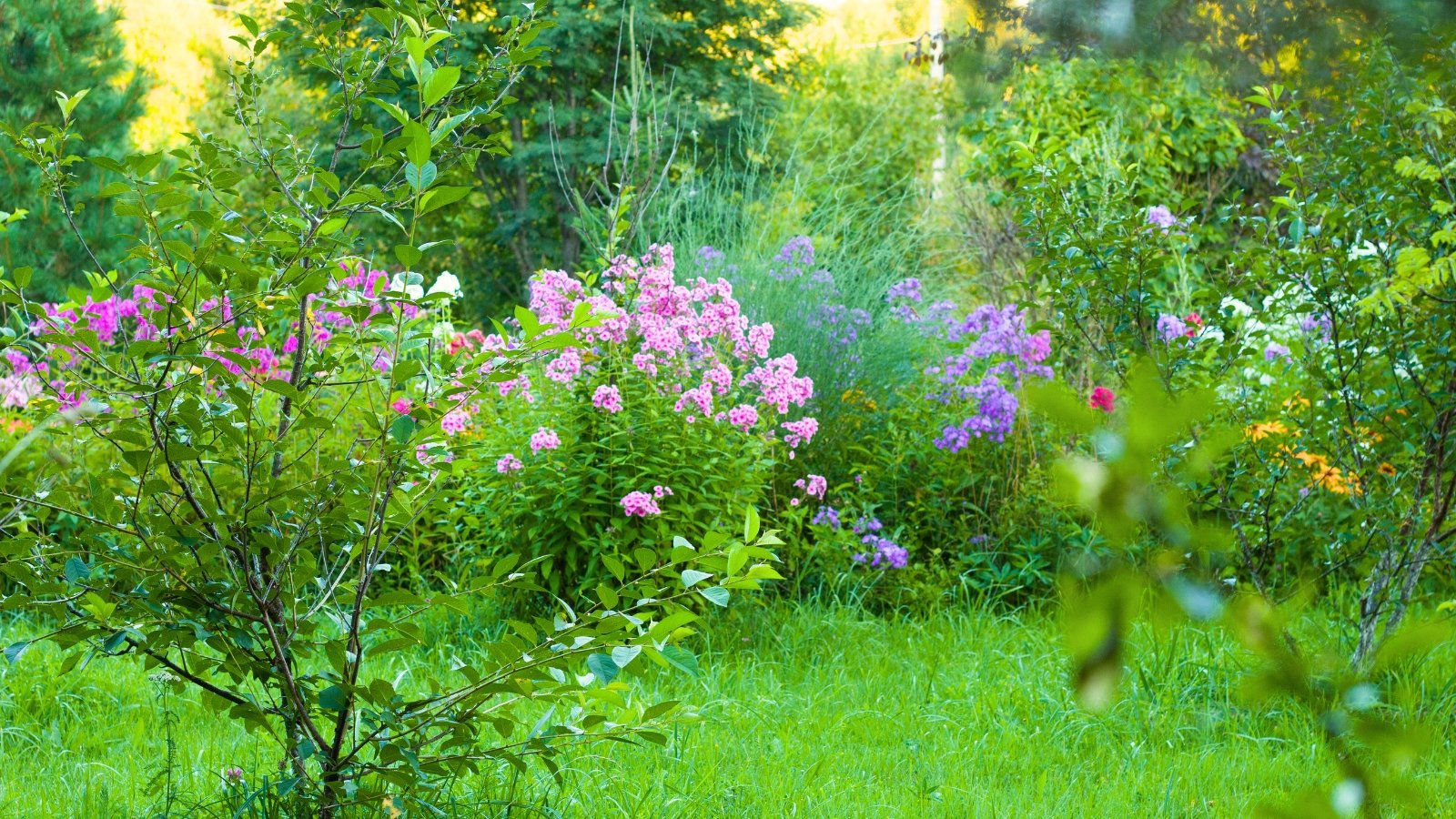 Overlapping blooms ensure no hungry visitor leaves empty.
Overlapping blooms ensure no hungry visitor leaves empty.Another important factor in maintaining your portion of a pollinator superhighway is layering. In natural habitats, there are layers of vegetation that provide food, shelter, and nesting areas at different heights. Not every pollinator has the same exact needs.
Some bees nest in the ground, so it’s important to leave some soil uncovered. Butterflies like to have abundant perches to land and rest on. Hummingbirds like to be able to find a high perch. By creating natural layers, you can provide each with its needs.
Your foundational layer is the canopy. Trees and tall shrubs are often great bloomers and offer some shade and shelter. Try to plant an early bloomer or two. Trees and shrubs produce a massive number of flowers, which produce a lot of nectar.
Your mid-story or shrub layer is the nectar and nesting zone. It should have dense foliage and tons of flowers. Think about blooming bushes of differing heights and bloom times.
Next is the herbaceous layer, where you plant flowering annuals, perennials, and bulbs. You’ll find it easy to create the most overlap in this area, as there are tons of summer and fall-blooming perennials. There are fewer trees and shrubs that bloom after spring.
Finally, the ground layer is a great place to add some extra nectar, but it has other important purposes, too. Ground-nesting bees overwinter in the soil, so leave some bare spots. Otherwise, grow a substantial, flowering ground cover to prevent erosion and improve the soil.
Step 3: Link Habitats
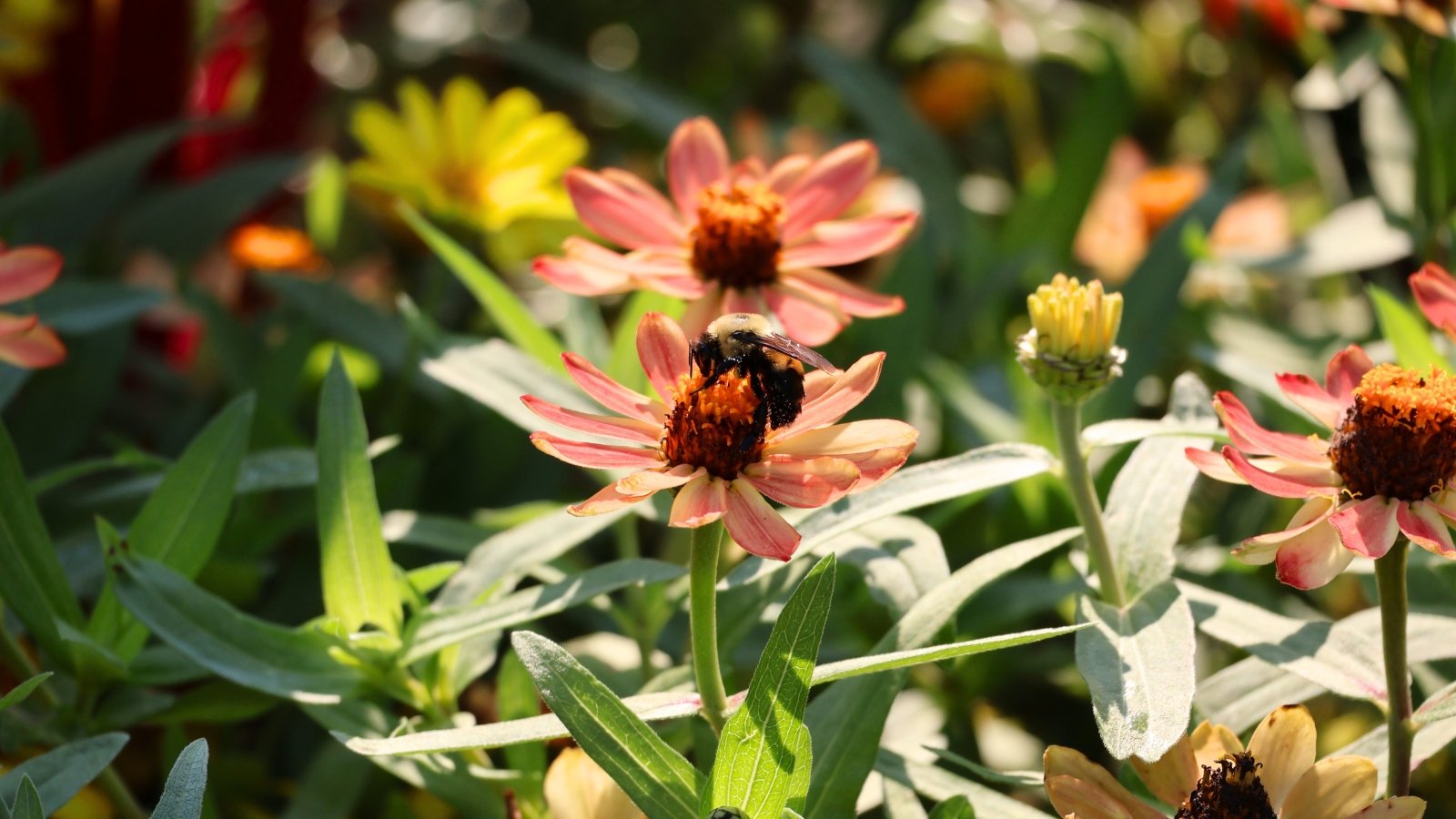 Nectar-filled spots encourage frequent visits across your yard.
Nectar-filled spots encourage frequent visits across your yard.If you have enough space, it’s helpful to create more than one station in your garden. Pollinators have different travel habits. Small bees only fly a few hundred feet at a time. Butterflies and bumblebees can travel farther, sometimes several miles. Hummingbirds are travelers, but they need to make frequent nectar stops.
An effective pollinator superhighway will provide places for these creatures to stop, rest, and eat about every 100-200 feet. Create more than one space in your yard where these spaces exist. A good way to do this is to plant native flowering plants on both sides of your property.
If you’re able to connect with neighbors and create a larger network, you can make an even greater difference. Medians are a great place to plant native nectar plants, and so are roadsides.

Step 4: Provide Water, Shelter, and Nesting Spaces
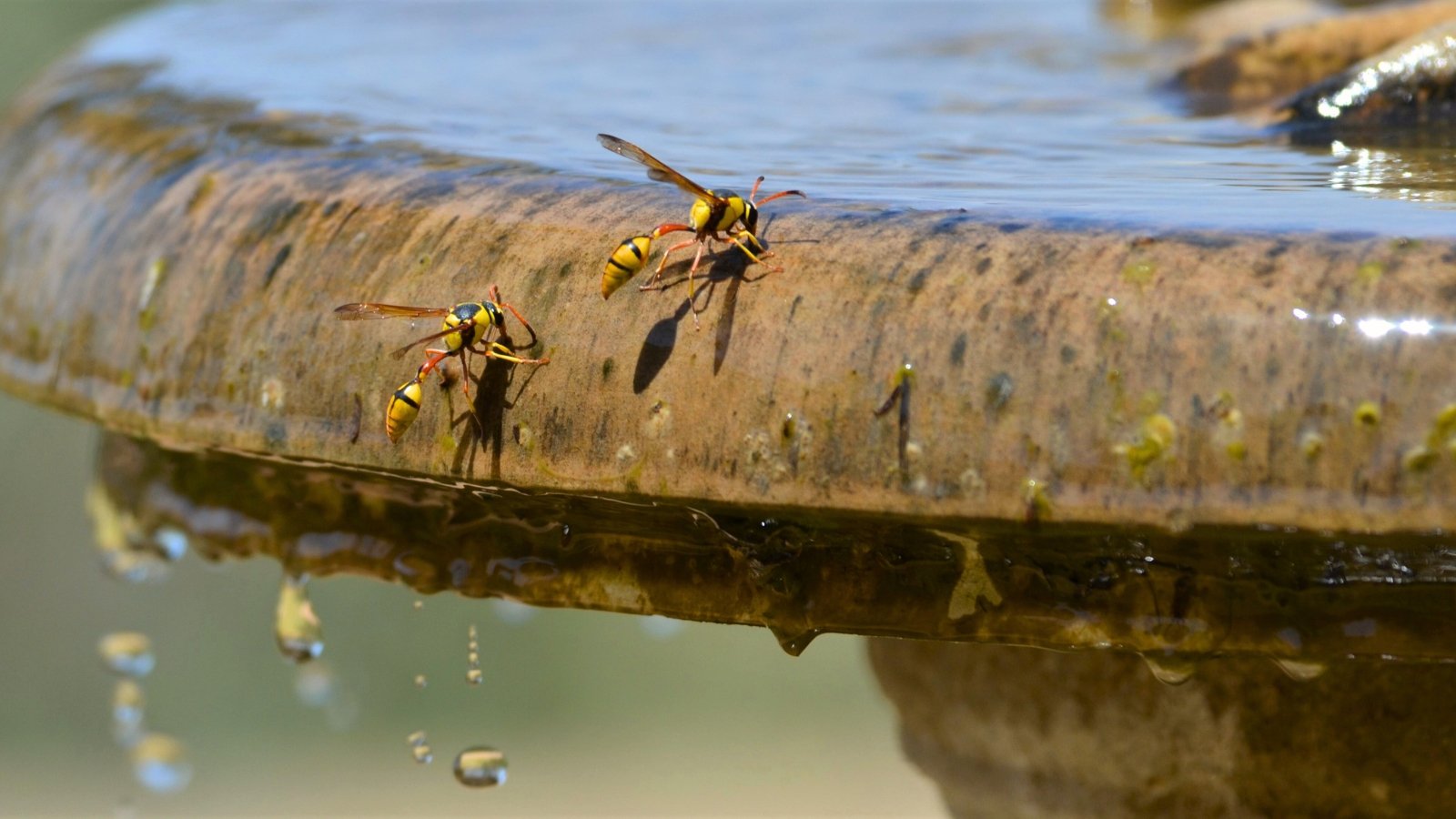 Shallow water dishes help insects rest safely nearby.
Shallow water dishes help insects rest safely nearby.A pollinator superhighway is a place where pollinators can find food, but that is not its only purpose. They also need water and shelter on a regular basis. If you can provide all three, you’ll have a much more effective space.
We’ve talked about planting nectar plants, as these are what anchor your pollinator garden. This is what draws them in. If you want to keep them coming back, they need a place to rest, to rehydrate, and to reproduce.
To reproduce, butterflies need a specific plant that acts as food for their larvae (caterpillars). Every butterfly and moth has a specific plant or plants that they lay eggs on for this reason. For Monarchs, it’s milkweed; for Black Swallowtails, you’ll need dill or parsley. Butterflies will return to places where they have access to these hosts.
Collecting nectar is hard work, and pollinators also need water. There are many ways to provide water. I have birdbaths in several areas of my yard, and I keep them filled only slightly or place rocks in them for insects to perch on. You can use a shallow dish or saucer, or simply a mud patch. That’s an area where you keep the soil wet.
Many pollinators overwinter in the ground or in empty cavities. Leave hollow stems standing in the fall, and leave patches of undisturbed and uncovered soil. You can also create insect hotels with various spaces for different pollinators to nest.
Leave some leaf litter in a pile, somewhere out of the way. Butterflies often overwinter in these areas in the larval or pupal stage. In general, don’t clean up too much in the fall.
Step 5: Avoid Chemicals
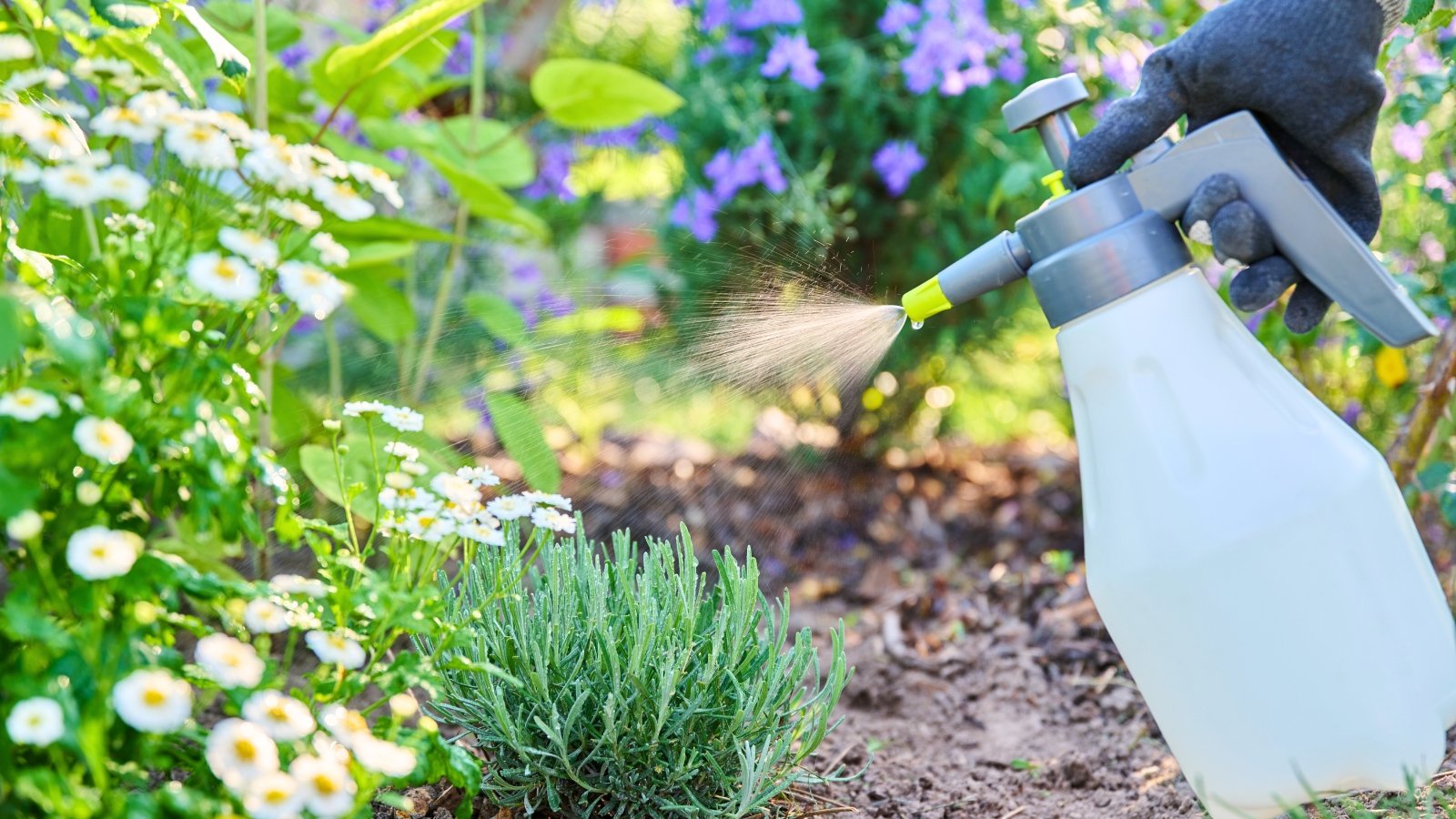 Let helpful bugs maintain balance without chemical interference.
Let helpful bugs maintain balance without chemical interference.This is probably a given, but it bears mentioning because most pollinators are insects. It’s important to avoid using chemicals like herbicides and pesticides in your pollinator superhighway spaces. The reason for this is fairly self-explanatory. Using chemicals that kill nuisance insects will also kill beneficial ones.
There are plenty of methods of natural pest control if you feel the need to control them at all. The most effective way to create a thriving ecosystem is to attract enough beneficial insects to keep the bad bug populations at bay. Ladybugs, lacewings, and parasitic wasps are great for this.
Step 6: Leave It Wild
 Let seeds drop and plants cycle without trimming.
Let seeds drop and plants cycle without trimming.Finally, the most important thing you can do in your pollinator superhighway space is to leave it wild. This doesn’t mean you have to neglect it or allow weeds to overtake the area. It means that as much as possible, allow nature to sustain it. This is how an ecosystem comes to be.
In the wild, plants bloom, set seed, die back, and decompose. They feed life in every stage. First pollinators, then birds, then soil organisms. Allowing this process to take place keeps the soil healthy and allows self-seeding.
A wilder garden requires less maintenance. You should mow as little as possible, and only trim and prune when it’s beneficial to the plant. Don’t trim for ornamental reasons. Leaving the garden to its own natural processes encourages better soil, fewer pests, and more flowers.
In spring, allow new growth to emerge through last year’s leaves and mulch. This gives pollinators overwintering in leaf litter a chance to emerge. In summer, don’t deadhead obsessively. Leave some seed heads for birds and other wildlife. In the fall, allow your garden to go to seed. In winter, leave stems standing and leave the leaf litter or create a leaf pile.
A truly thriving pollinator garden should be a little bit wild. Initially, it may look overgrown and messy to you. Over time, though, you’ll see how harmoniously plants work together, and how well the space supports pollinators.


 21 hours ago
9
21 hours ago
9
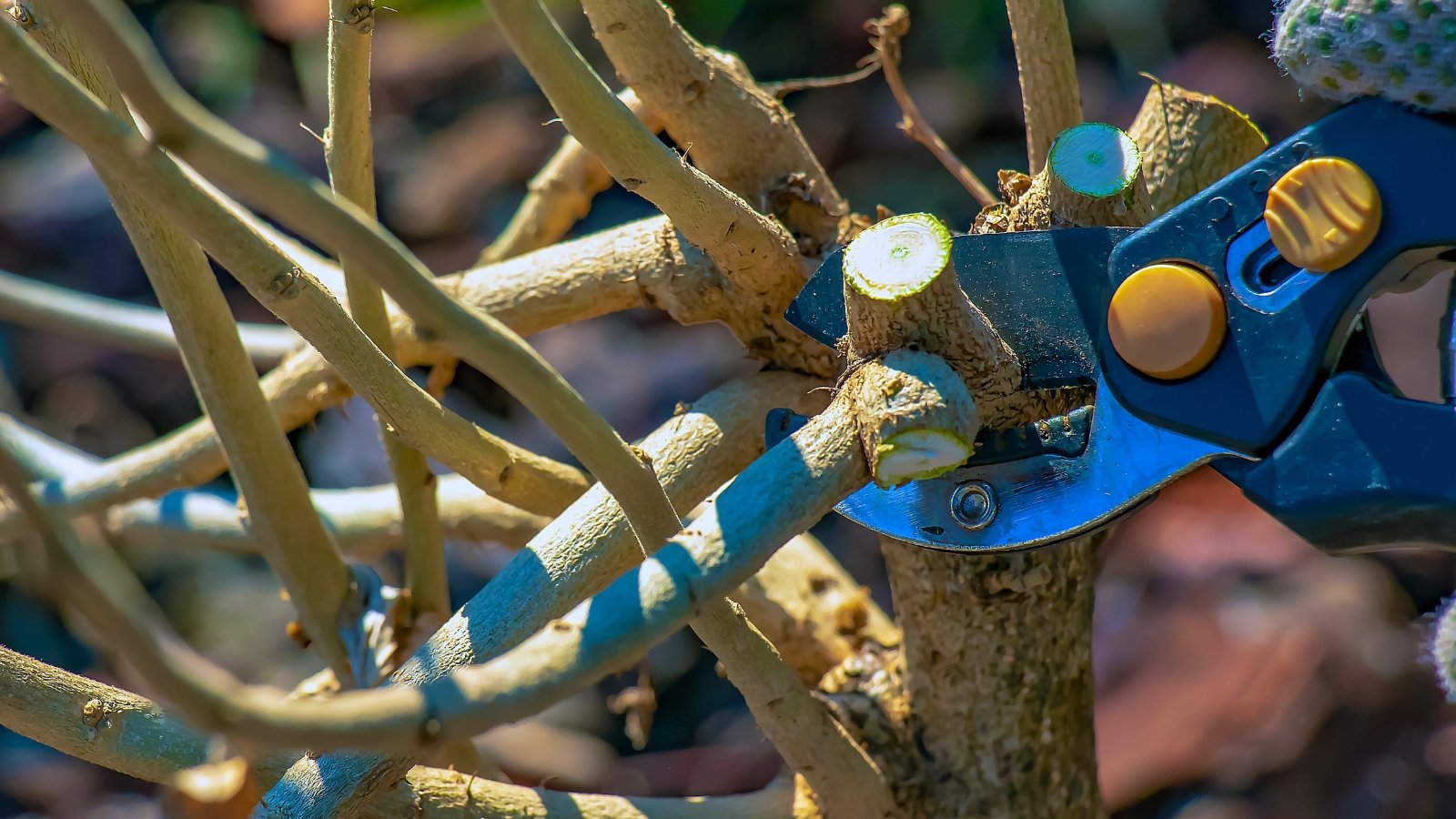
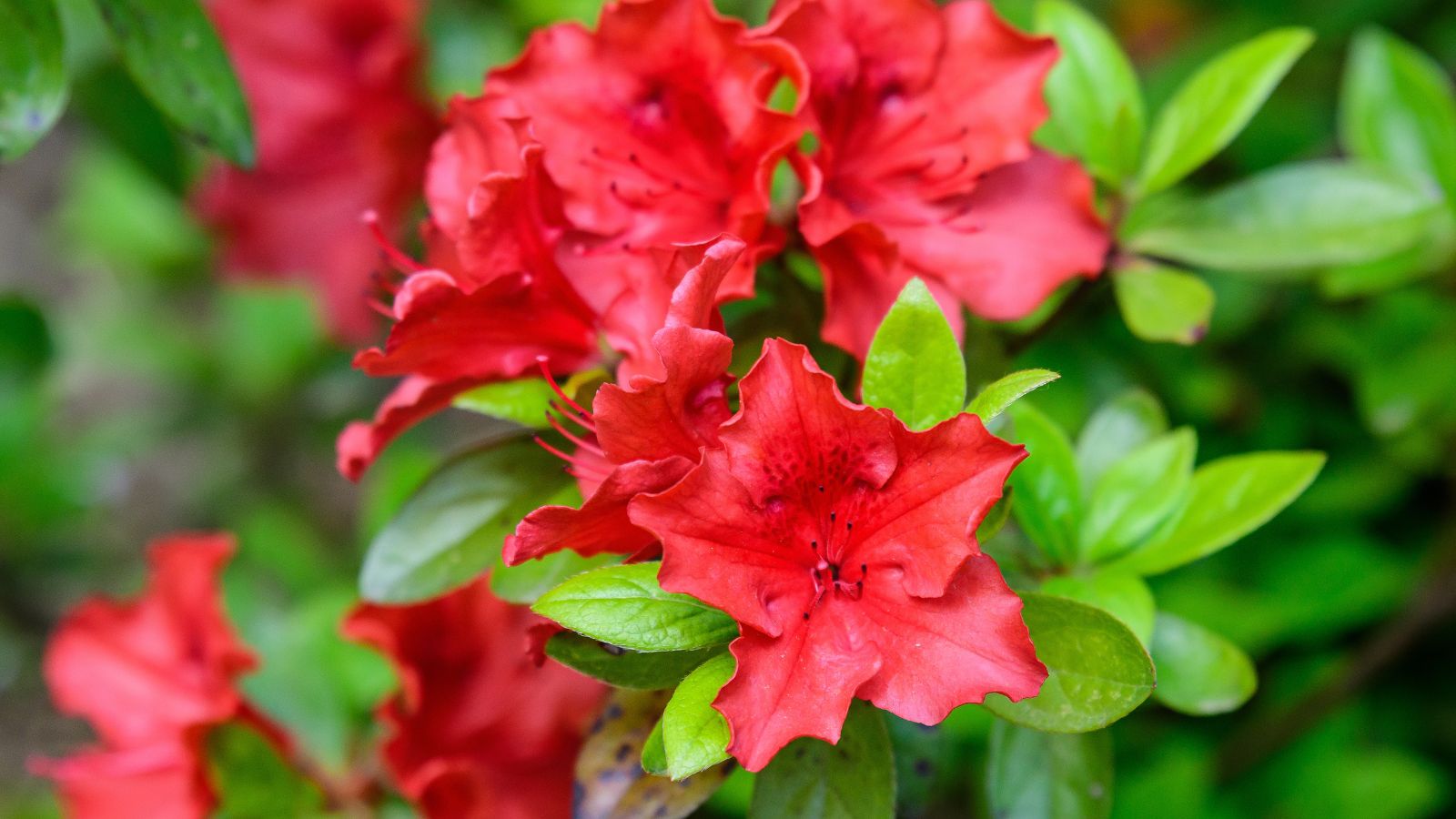



















 English (US) ·
English (US) ·  French (CA) ·
French (CA) ·